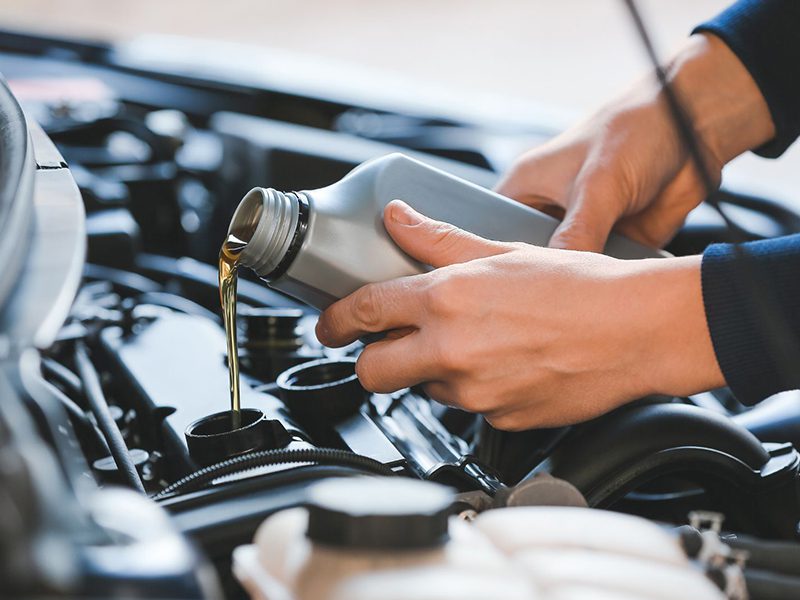Picture this: you’re driving when blue smoke suddenly trails behind your car. Your heart drops because you know what this means—your car burning oil isn’t just an inconvenience. It’s your engine crying for help.
‘Why does my car burn oil?’ you may ask. What causes an engine to burn oil?
Well, oil intended to lubricate engine components escapes its normal route and seeps into the combustion chamber, where it burns alongside the fuel. That creates blue smoke from the exhaust and a burnt smell.
Sometimes you miss the early signs completely. Or worse, many car owners keep topping up oil without realizing their engine burns oil internally.
In the end, the damage builds slowly but surely. This guide provides practical solutions for this issue, suitable for both DIY enthusiasts and professional technicians.
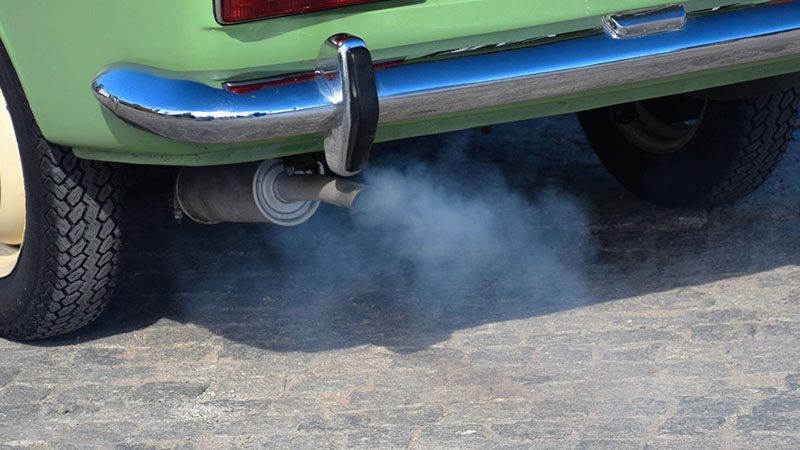
Common Symptoms of a Car Burning Oil
Catching oil-burning issues early gives you a competitive advantage. Here are the most telling car burning oil symptoms:
1. Blue Smoke from the Exhaust
This is your engine’s version of a smoke signal. It means oil enters places it shouldn’t—like the combustion chamber. You’ll notice this most during cold starts after overnight parking.
2. Oil Level Keeps Dropping
You constantly top off oil but see no leaks underneath your car. Car experts argue that 98% of healthy vehicles don’t require oil changes between scheduled intervals. If yours does, that oil goes somewhere you don’t want it.
3. Burning Oil Smell in the Cabin
You know that sharp, acrid smell after driving? Oil hits hot engine parts and burns off where it shouldn’t. Your nose catches this problem before your eyes spot the smoke.
4. Reduced Fuel Economy
Oil contamination during combustion forces your engine to work harder. You’ll feel this at the gas pump when fuel costs climb.
5. Check Engine Light or Dirty Spark Plugs
Oil-coated spark plugs signal trouble. A permanently lit check engine light suggests that oil enters the combustion cycle.
NB: Oil leak vs oil burn
These signs are often confused with external leaks. Oil burning doesn’t disappear on its own. It creates carbon buildup and clogs system components. Cold weather exacerbates the problem as condensed oil blocks exhaust valves.

Why Does My Car Burn Oil
Several issues cause oil to escape normal containment systems. Here are the top culprits behind engine burning oil:
1. Worn Piston Rings
Piston rings act like guardians, keeping oil out of combustion chambers. When piston rings are worn, oil slips past and burns with fuel. This is most common in high-mileage vehicles.
2. Valve Seal Failure
Valve seal failure allows oil to drip into cylinders, much like a leaky faucet. You notice this most during idle periods or when starting the engine. Gravity works against failing seals over time.
3. PCV System Malfunction
The Positive Crankcase Ventilation system regulates pressure and redirects vapors. A faulty valve builds pressure and pushes oil into the wrong areas. Fortunately, this creates one of the easier fixes.
4. Cylinder Wall Damage
Years of wear or poor maintenance can damage cylinder walls. This weakens the seals between pistons and cylinders. Oil seepage gets progressively worse over time.
5. Overfilled or Wrong Engine Oil
Using incorrect oil viscosity creates problems. Adding too much oil raises internal pressure. This forces oil past seals that would otherwise work fine.
These common oil consumption problems sound technical, but remain fixable. The right approach and high-quality parts typically resolve most issues.
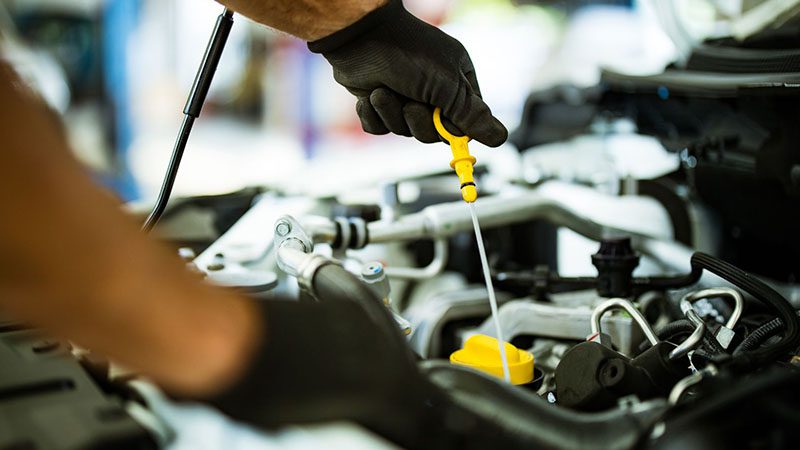
Diagnosing Engine Oil Burning Issues
Ready to solve your engine’s oil mystery? Here’s a systematic diagnostic approach:
1. Check Oil Levels Regularly
Monitor oil consumption over several weeks to see if the levels continue to drop. Industry standards indicate that modern cars lose 0.05% to 0.5% of their oil per liter of fuel.
2. Inspect Spark Plugs
Pull spark plugs and examine them closely. Oily, blackened plugs indicate that oil enters the combustion chambers.
3. Do a Compression or Leak-Down Test
These tests determine whether piston rings or valves are leaking. Auto parts stores rent diagnostic equipment at an affordable rate.
4. Use a UV Dye or a Borescope
These tools show exactly where oil goes inside your engine. Think of it as an X-ray for engine problems.
5. Trust Your Senses
Note ticking sounds, sluggish performance, or burnt oil smells. Your observations provide valuable diagnostic clues that mechanics might miss.

How to Stop an Engine from Burning Oil
Once you confirm oil burning, take action immediately. Most cases don’t require complete engine replacement.
1. Replace Worn Engine Components
Start with basics: replace worn piston rings, cracked valve seals, or leaking gaskets. These core parts prevent oil from entering the combustion chambers. Worn components often cause the root problem.
2. Use High-Mileage or Thicker Oil
Switch to high-mileage oil for vehicles with high mileage. This oil conditions aging seals and slows leaks. Sometimes, thicker oil reduces seepage through small gaps.
3. Replace the PCV Valve
Think of the PCV valve as your engine’s pressure regulator. Failed valves build pressure and push oil into intake areas. This repair often costs little but makes a big difference.
4. Consider an Engine Rebuild (for Serious Cases)
Extensive damage, such as scored cylinder walls, requires complete rebuilds. Multiple failed components also require this approach. It’s expensive but resets your engine’s lifespan.
5. Use Oil Additives (Carefully)
Oil additives for burning oil generate lots of hype. Some work while others offer false hope. Use them temporarily while planning permanent repairs.

Prevention Tips to Avoid Oil Burning
Prevention beats expensive repairs every time. Here’s how to keep engines healthy:
1. Stick to Your Maintenance Schedule
Never skip oil changes or extend oil change intervals beyond the recommended time. Fresh oil protects better than old oil. Clean filters maintain proper oil flow.
2. Use the Right Oil for Your Engine
Follow the manufacturer’s specifications for oil viscosity and grade. Your manufacturer knows best, having conducted extensive testing. Don’t choose based on price or convenience.
3. Don’t Overfill Your Oil
Excess oil creates pressure that forces oil past seals. Stick to the dipstick “full” marks exactly.
4. Listen to Your Car
Pay attention to changes in smells, noises, and performance. These serve as early warning systems for developing problems.
Routine engine inspections can help catch minor issues before they become expensive repairs.
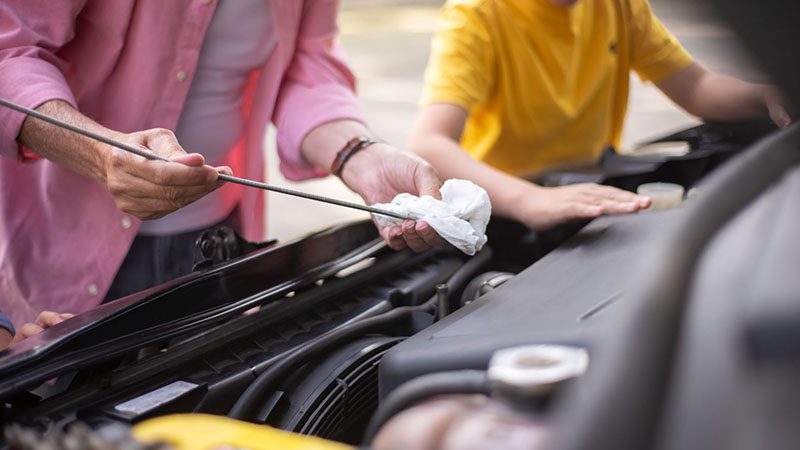
When to Seek Professional Help
Sometimes you need a professional diagnosis despite your best efforts. Here’s when to call mechanics:
1. Blue Smoke Won’t Quit
You’ve tried different oils and replaced obvious parts. That blue smoke keeps appearing every morning.
2. Oil Consumption Stays Constant
You add oil weekly but can’t locate the source. Professional diagnostic equipment reveals hidden problems.
3. Engine Noises Get Louder
Tapping, knocking, or clicking sounds indicate serious internal damage. These sounds suggest that expensive problems are developing rapidly.
4. Spark Plugs Keep Fouling
Plugs repeatedly get oil-fouled despite replacements. Misfires and poor acceleration make driving frustrating.
5. Check Engine Light Stays On
The light remains lit regardless of your repair attempts. Multiple system failures often require professional intervention.
6. DIY Repairs Keep Failing
You’ve replaced several components, but problems return. A fresh perspective and experience help identify the root causes.
Consumer Reports found that some engines burn oil even when new. These cases often need manufacturer involvement or warranty work.
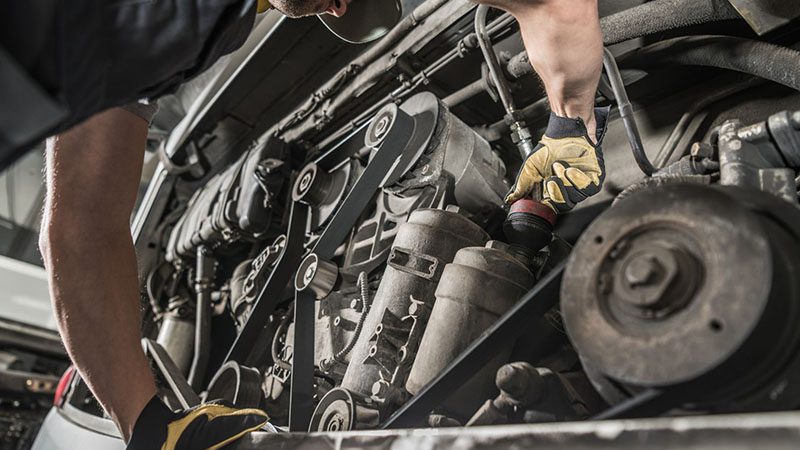
Professional mechanics spot problems you might miss. They know when repairs make sense versus engine replacement.
Here are the estimated repair/replacement costs by issue:
| Issue | Estimated Cost |
|---|---|
| Piston ring replacement | $500-2,000 |
| Valve seal replacement | $300-$800 |
| PCV system cleaning or replacement | $100-$400 |
FAQs
1. How do you fix a car that burns oil?
First, identify where oil enters the combustion chamber. Typically, worn piston rings, valve seal failure, or a faulty PCV valve are the causes of problems. Replace affected components and consider high-mileage oil. Severe cases may need engine rebuilds.
2. Is it bad to drive a car that burns oil?
Yes, absolutely. Minor engine problems, which include burning oil, can quickly escalate into major failures. Oil burning can damage spark plugs and destroy catalytic converters.
3. Why is my car losing oil but not leaking?
That indicates a classic engine burning oil internally. Oil gets consumed during combustion and exits through the exhaust. You won’t see puddles, but oil goes somewhere.
4. Does burning oil mean bad engine?
Not necessarily. Component replacement often solves problems completely. However, delayed repairs turn moderate fixes into major rebuilds.
5. How much does it cost to fix a car that’s burning oil?
Costs vary dramatically depending on root causes. PCV valve replacement runs $100-$400. Valve seal replacement costs $300-$800.
Piston ring replacement ranges $500-$2,000. Early detection saves money, and using quality parts prevents repeat repairs.
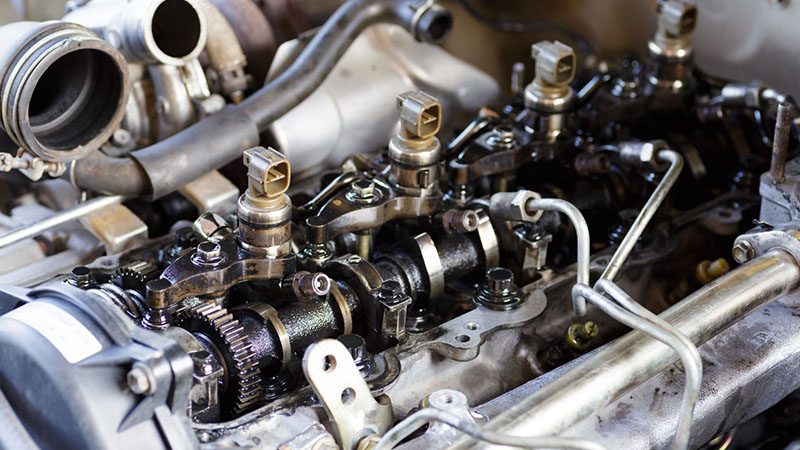
Conclusion
Car burning oil represents more than maintenance issues—it signals serious engine distress that demands immediate attention. In the case of your business, early detection will save the investment of your customers and prevent damage to your business as well.
Understanding the symptoms and knowing how to stop engine from burning oil can help your clients avoid costly repairs—and keep them coming back to you as a trusted service provider.
You need high-quality components—whether you’re a professional mechanic, an auto parts dealer, or a fleet operator. Using subpar parts leads to short-term fixes and a loss of trust.
Looking for reliable engine components to repair an oil-burning engine?
Nanjing Woda Auto Technology Co., Ltd. supplies B2B partners with premium engine parts designed for performance, durability, and long-term customer satisfaction. With decades of industry experience, we help your business tackle complex engine problems the right way.
We deliver quality parts your customers can rely on—contact us today.


